SUMMARY
This is AI generated summarization, which may have errors. For context, always refer to the full article.
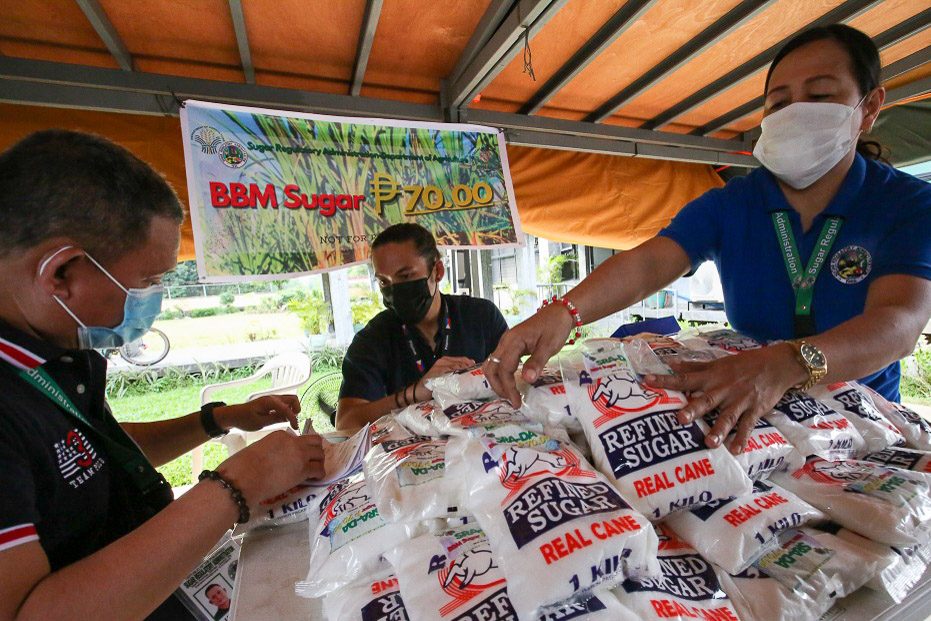
BACOLOD, Philippines – A business leader and even fellow sugar planters have expressed concern about the United Sugar Producers Federation’s (Unifed) request for President Ferdinand Marcos Jr. to raise the suggested retail price (SRP) and mill gate price of sugar.
Militant groups that include agrarian reform beneficiaries in the sugar industry said the response to producers’ serious woes should be government subsidies and not additional burdens on consumers.
Farmers’ groups also noted that reports of losses in agriculture related to Severe Tropical Storm Paeng (Nalgae) focus more on rice farmers “who are asking for subsidies and other aid, instead of forcing consumers to shoulder the burden.”
On October 30, Unifed president Manuel Lamata’s October 30 asked the President to authorize an increase in sugar SRP from P70 per kilo to P85 to 90 per kilo.
Lamata also asked for a P60-increase in mill gate price from around P2,900/50-kilo bags (LKg) to “hopefully stabilize at P3,000 per bag.”
“We need the immediate assistance from President Marcos to bring up the retail SRP until our farmers will be able to recover” from the damage wrought by Paeng, Lamata said.
The Unifed’s request surprised workers, consumer advocates, as well as Frank Carbon, chief executive officer of the Metro Bacolod Chamber of Commerce and Industry, since the President had authorized in September the importation of 150,000 metric tons of refined sugar – 75,000 MT for consumers and the rest for industrial use – precisely to stabilize sugar prices, which spiked in the third quarter of the year.
Safeguards
Carbon said it is important to think of consumers’ welfare.
“I think P75 to P80 per kilo is reasonable,” said Carbon. “At this time of crisis after crisis, the upper middle class and the upper class should help the government subsidize the food requirements of the bottom 50% to prevent hunger.”
There is yet no clear figure on the damage sustained by the sugar industry in Negros Occidental due to Paeng. The province accounts for more than half of the Philippines’ sugar production.
The Department of Agriculture in Western Visayas said Paeng hit the rice and fisheries sector hardest, estimating crop loss of 14,002 metric tons (MT), with rice accounting for more than 10,000 MT.
Those opposed to Lamata’s suggestion believe it would burden consumers with prices above what the government considers “stable.”
In June, as the call for sugar importation peaked, the local price of refined sugar was only at P2,900 per 50-kilogram bag.
Sugar Regulatory Administration Administrator David John Alba said in October that he expected the cost of sugar per kilo to stabilize at around P70 to P80 in November, when more mills go on full operations and the imported refined sugar arrives mid-month.
Sugar is used in many bread products in the Philippines and in August, at the height of the sugar shortage, producers of bread products warned they would have to increase prices.
Under Executive Order 18 that created the SRA, sugar prices, unless there is a crisis, should be left to market forces.
The Price Act of 1992 also emphasizes “protection to consumers.” While the President is given powers to mandate price ceilings, it is usually to protect citizens from hoarding and other price manipulation following a calamity.
Subsidies
The Price Act also notes the need to protect producers when the prices of key agriculture components become too high.
But workers group Unyon ng Manggagawa sa Agrikultura, which includes agrarian farmer-beneficiaries in the sugar industry, said the answer to sugar industry problems should be subsidies and not jacking up the price of a basic commodity.
National Federation of Sugar Workers secretary-general John Milton Lozande noted that producers’ main burden is the lack of subsidies to cover farming essentials like fuel and fertilizer.
The immediate solution is to boost and revitalize sugar production by giving aid to sugar farmers and planters as well, said Rafael Mariano, chairperson emeritus of Kilusang Magbubukid ng Pilipinas (KMP).
The SRA’s latest supply and demand report, from September 1 to 25, also said local production increased by 78.25% in the third week compared to the same period in 2021.
From September 1 to 25, the total production of raw sugar was 106,610 metric tons (MT) compared to the same period in 2021 with 59,805 MT, the report showed.
The demand for raw sugar also increased by 5.36%, from 80.869 million MT to 85.202 million MT during the period, SRA said.
SRA data also showed that the total sugarcane milled during the period also increased by 67.53%, from 780,509 MT to 1,307,601 MT.
The sugar millgate price also increased by 126.51%, from P1,648.91/LKg to P3,734.94/LKg, while the prevailing retail price of raw sugar in the market was at P69.50 per kilo from P45 in the same period last year, the SRA report said.
The sugar crop year starts every September and ends in August the following year. – Rappler.com
Add a comment
How does this make you feel?
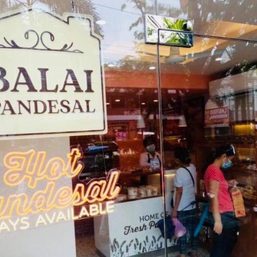

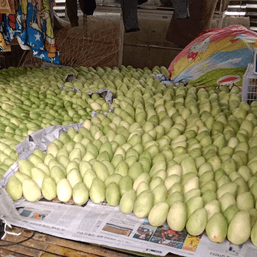
![[OPINYON] Takoyaki tattoo at ang business model ng pang-iinis](https://www.rappler.com/tachyon/2024/04/20240410-Takoyaki-tattoo.jpg?resize=257%2C257&crop_strategy=attention)
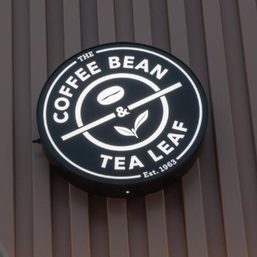
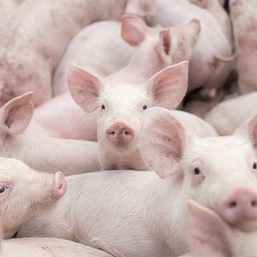
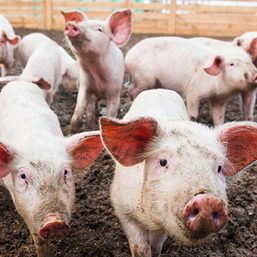
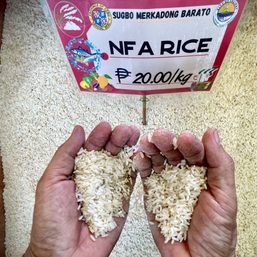
![[ANALYSIS] A post mortem on the rice price ceiling](https://www.rappler.com/tachyon/2023/10/tl-riceceiling.jpg?resize=257%2C257&crop=245px%2C0px%2C720px%2C720px)
![[EDITORIAL] Talagang ‘ibang usapin ang bigas’](https://www.rappler.com/tachyon/2023/10/animated-rice-inflation-bbm-carousel.jpg?resize=257%2C257&crop_strategy=attention)
There are no comments yet. Add your comment to start the conversation.